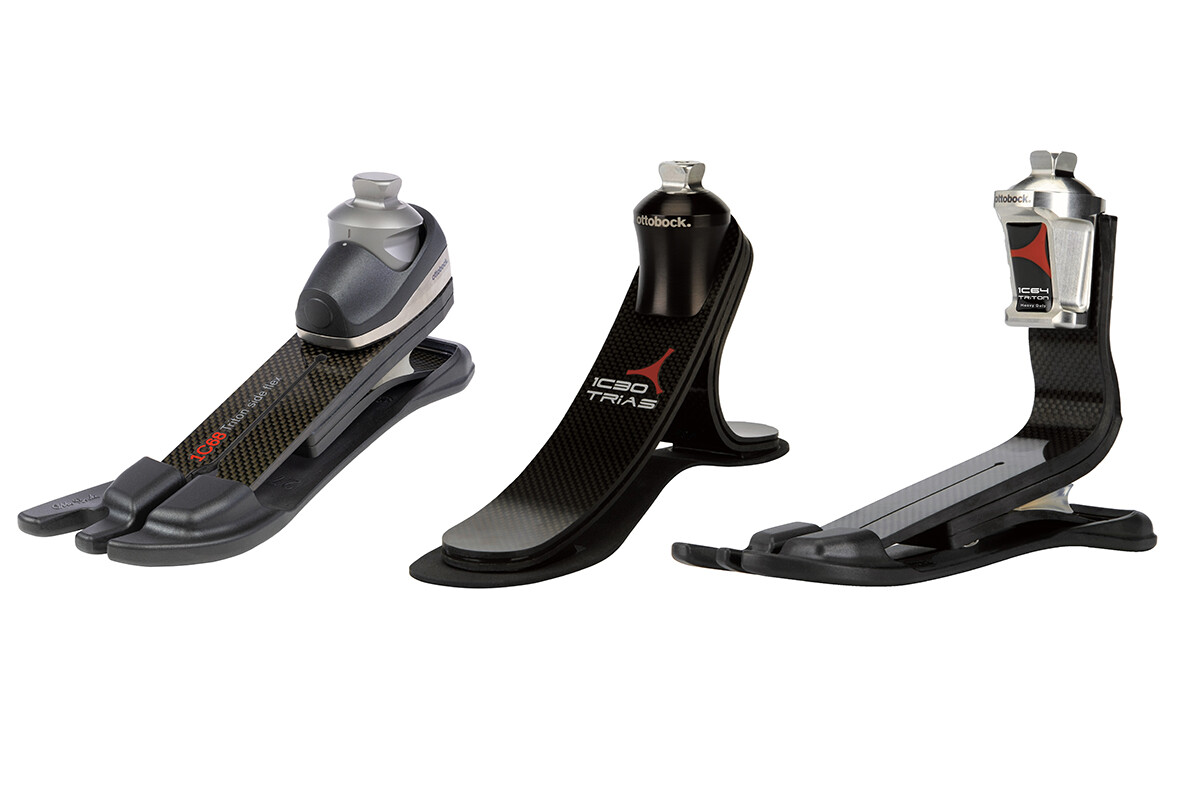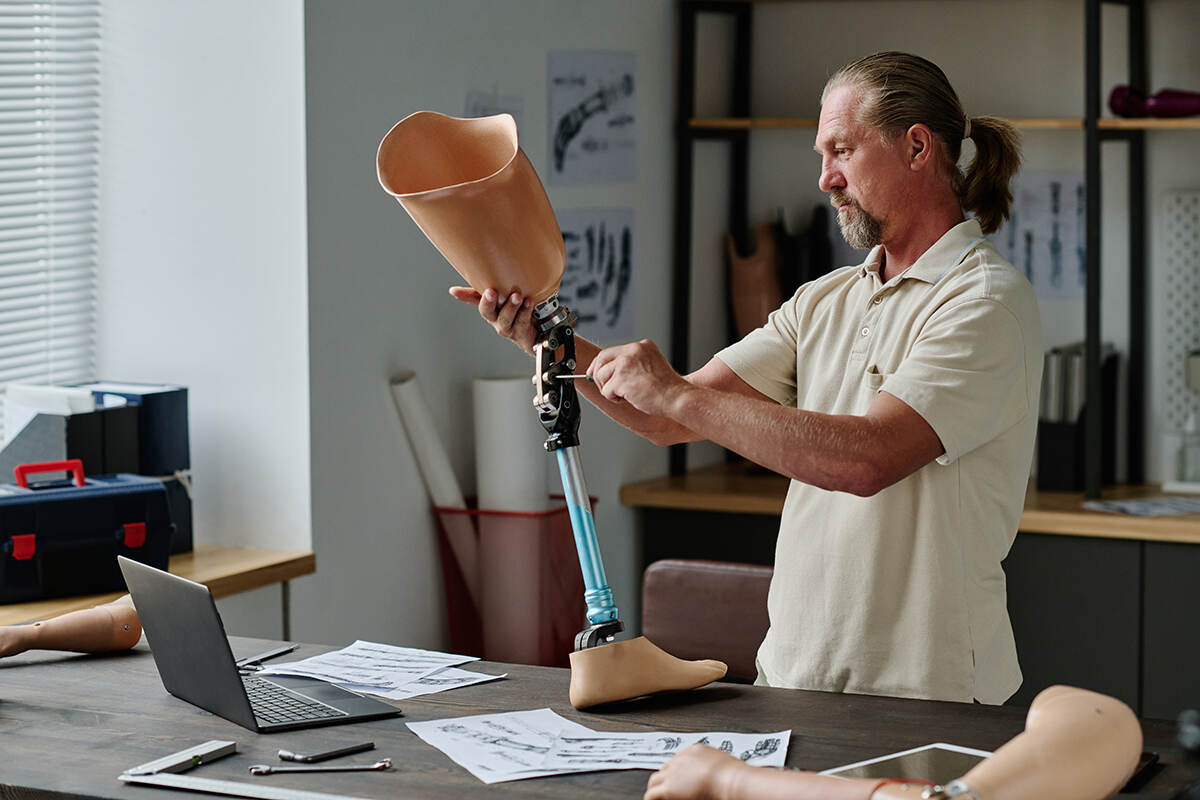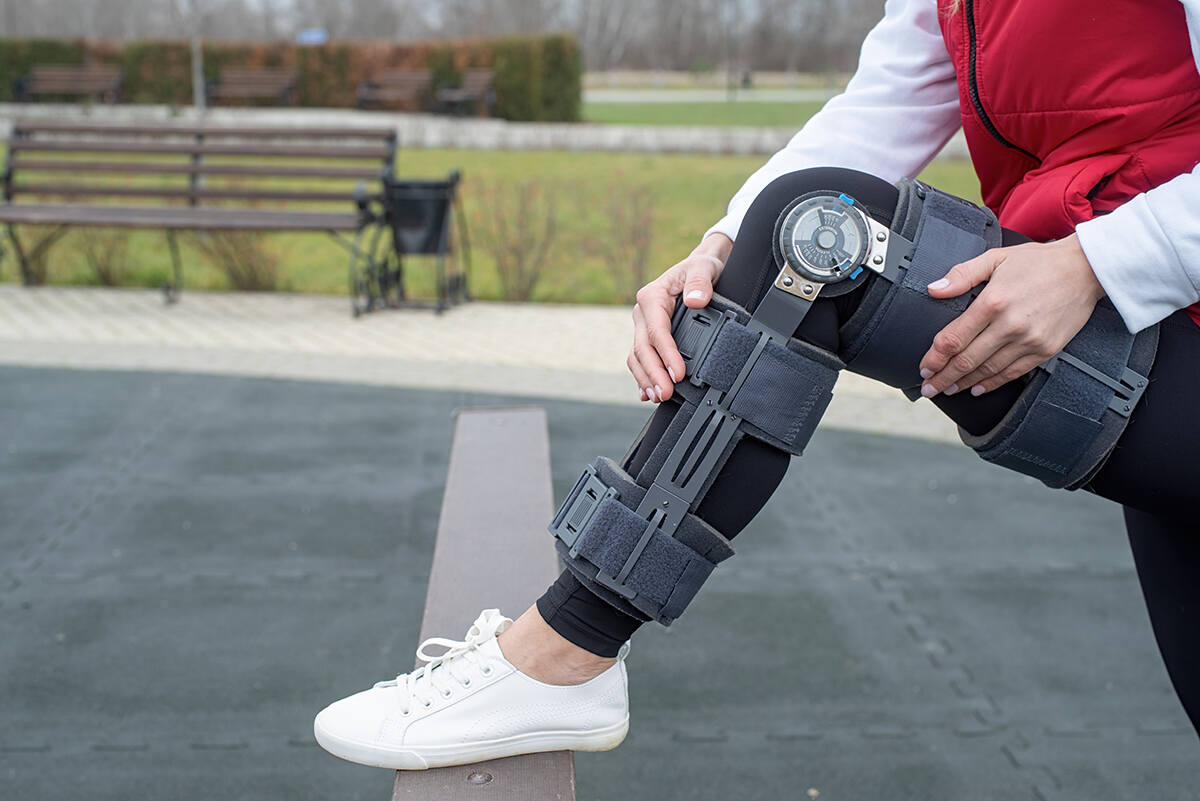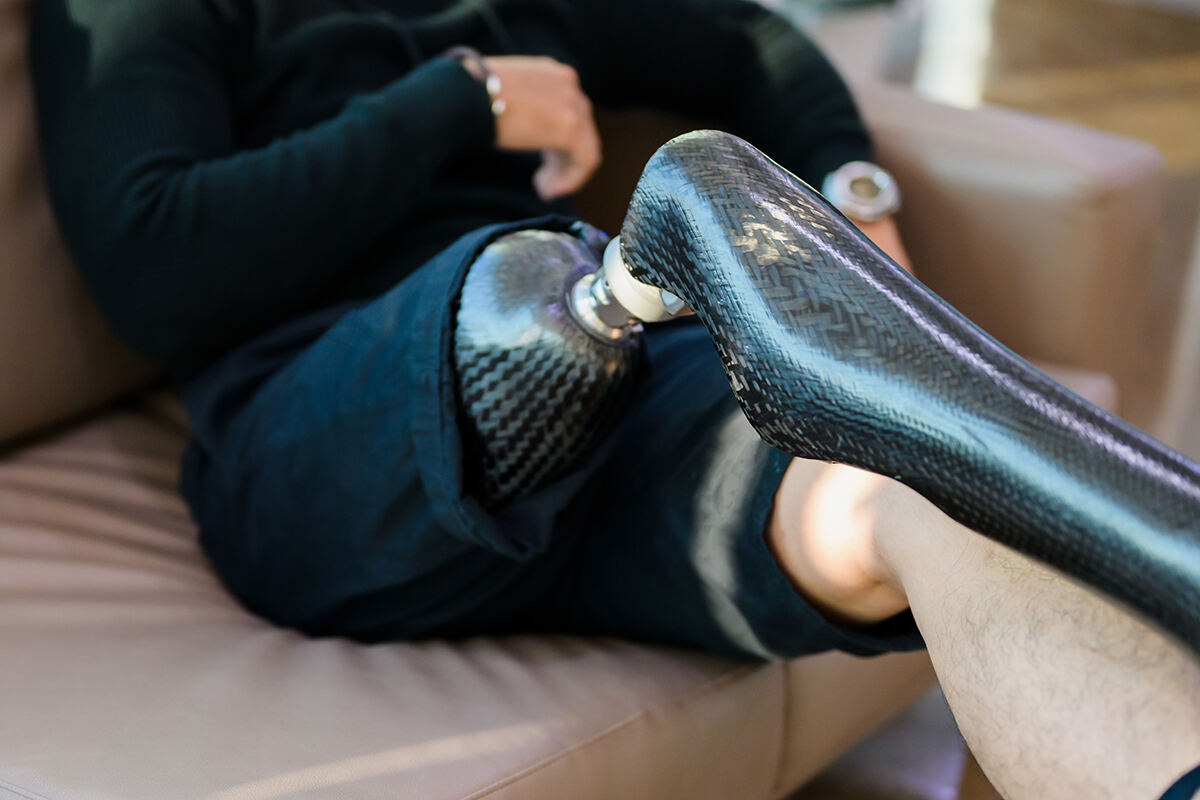The all on 4 temporary prosthesis is your immediate, post-surgery solution for a functional smile. Learn why it’s key to successful treatment and what to expect during your transition to permanent teeth, all in this comprehensive guide.
Key Takeaways
- The All on 4 temporary prosthesis provides immediate functionality and aesthetics post-implant surgery, supporting osseointegration and allowing patients to adapt to new teeth during the healing process.
- Transition from a temporary to a permanent prosthesis in All on 4 treatment typically occurs within 4 to 6 months, during which patients should follow a soft food diet and maintain good oral hygiene to ensure successful healing.
- The All on 4 dental implant technique offers advantages over traditional dentures, such as improved stability and comfort, and necessitates thorough pre-procedural consultation and planning for optimal treatment outcomes.
The Role of the Temporary Prosthesis in All on 4 Treatment
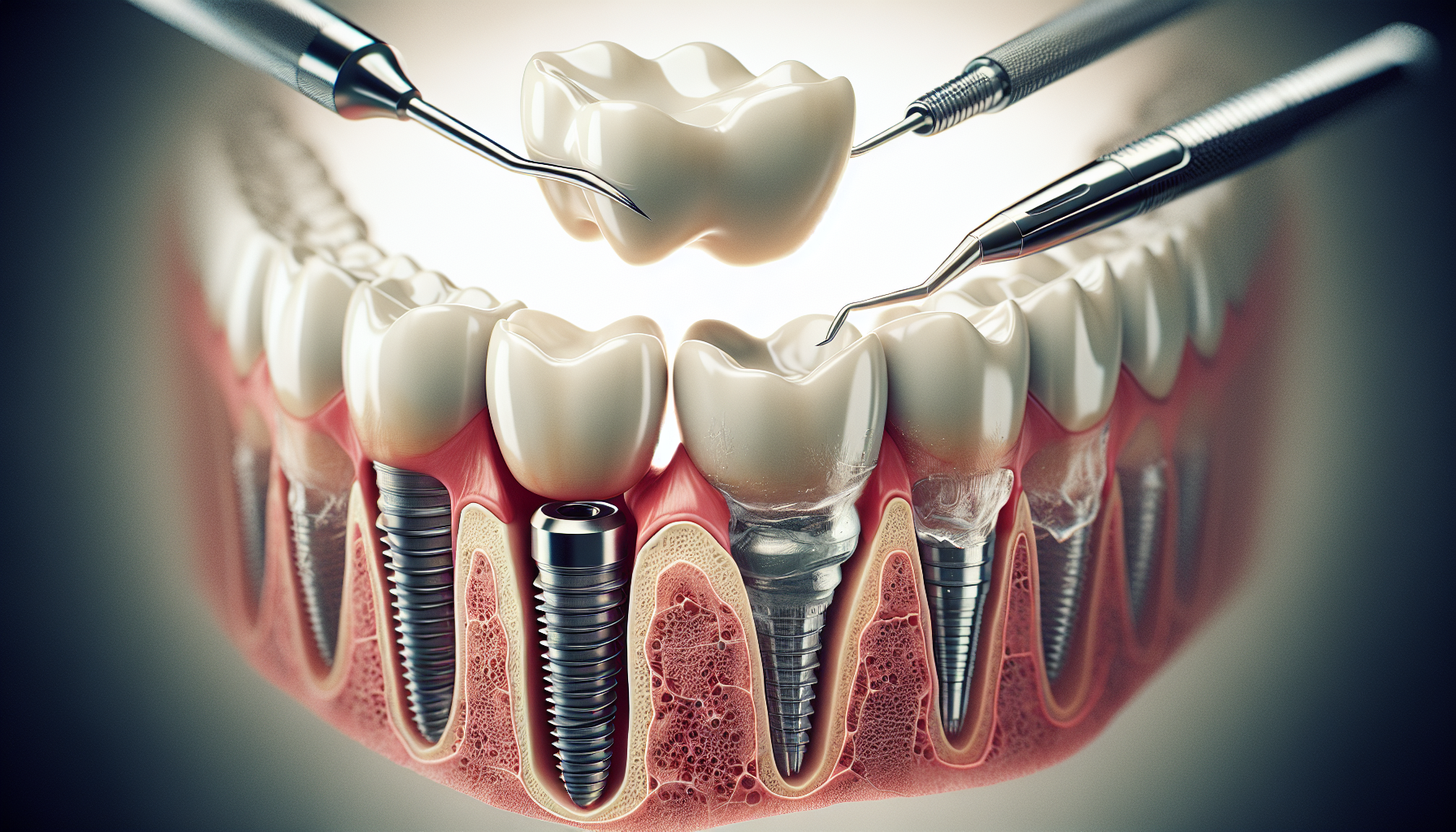
In the All on 4 treatment, the temporary prosthesis serves as an immediate replacement for missing teeth after the precise placement of four dental implants. This immediate solution provides patients with a functional and aesthetically enhanced smile right after the implant surgery.
Besides, the temporary prosthesis promotes osseointegration – the process where the bone tissue grows around the implants, assuring their secure placement, and thereby aiding the healing process. This process allows the body to adapt to the new teeth and the implants to become firmly anchored in the jawbone.
From Surgery to Smile: The Immediate Transition
Following the surgical placement of dental implants, a temporary prosthesis is applied, allowing the patient to leave the dental clinic with a functional and aesthetically pleasing smile. This is achieved by taking impressions of the entire mouth and affixing a temporary bridge using permanent cement. The All on 4 treatment, which utilizes only four dental implants, often eliminates the need for a bone graft, which means the patient experiences a shorter healing time due to avoiding bone grafting procedures.
The temporary prosthesis serves several important functions during the healing process:
- It respects the static and dynamic occlusal balance to support proper alignment and bite.
- It offers a functional solution for eating and speaking until the permanent teeth restorations are ready.
- Regular dental visits are crucial during this period to track the healing process and make any necessary adjustments.
Healing and Adaptation: Living with Your Temporary Prosthesis
While healing and adapting, patients live with their temporary prosthesis, which proves vital in post-operative healing by safeguarding the surgical sites and enhancing the overall healing rate. It is common for patients to experience some discomfort, especially in the initial days of adapting to the temporary prosthesis. This discomfort is often due to the prosthesis coming into contact with the tongue, a common and anticipated aspect of the adaptation process. However, with time and a few lifestyle adjustments, such as a modified diet that includes softer foods, patients can comfortably live with their temporary prosthesis, allowing for a smooth transition to permanent teeth.
The Journey from Temporary to Permanent Teeth with Four Dental Implants
The journey from temporary to permanent teeth with the All on 4 dental implants is a well-planned and systematic process. This transition typically extends over several months, sometimes up to a year, with the All-on-4 process itself lasting between four and six months. The stages include the surgical placement of the implant posts, using a temporary set of dentures while the implants integrate with the jawbone, and subsequently, the placement of permanent teeth.
The healing process usually spans over 1-2 weeks, culminating in the placement of a permanent dental prosthesis. Throughout the transition phase, it may take several months for patients to adjust to eating and chewing with their temporary teeth. Dentists tailor the time and adaptations based on individual requirements to ensure optimal comfort and functionality.
Timeline for Transition: What Patients Can Expect
The average transition period from temporary to permanent prosthesis in the All on 4 treatment typically spans around 4 to 6 months. However, this timeline can vary based on the individual’s healing process.
During this transition period, regular dental check-ups are key, as they enable observation of the healing process, adherence to the care plan, and addressing potential complications. Potential complications that could delay the transition include reduced healing capacity, issues with occlusal loading, failure to follow postoperative protocols, bone loss or gum recession, problems with implants or abutments, and prosthetic issues that may lead to implant failure.
Caring for Your Temporary Prosthesis: Best Practices
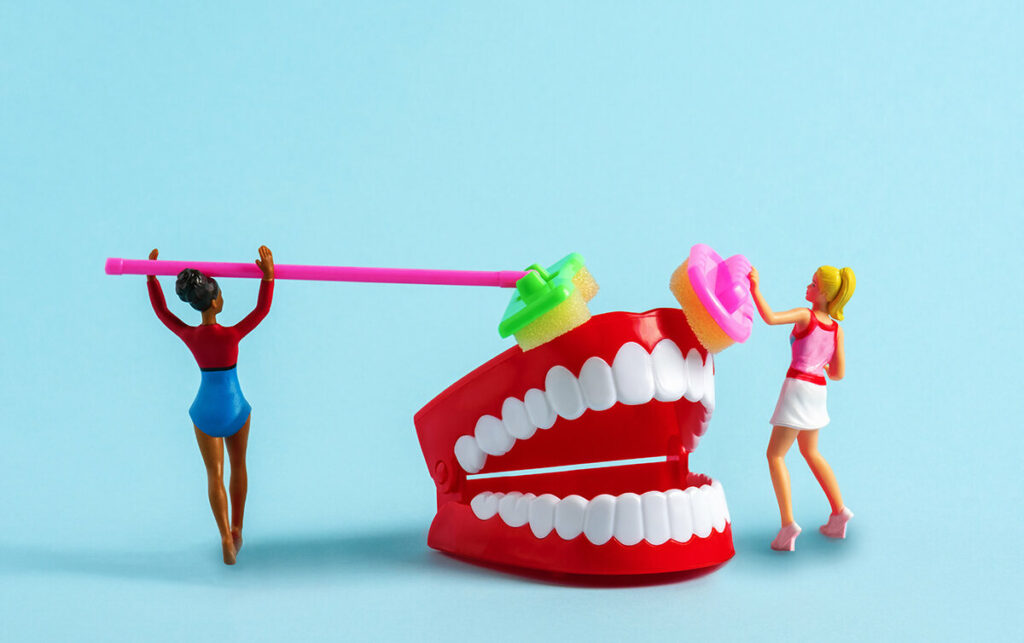
Taking good care of your temporary prosthesis is fundamental for your All on 4 treatment. Maintaining good oral hygiene prevents infection, promotes proper healing, and establishes a favorable basis for the eventual permanent prosthesis.
The recommended cleaning method involves:
- Daily removal of the prosthesis
- Gentle cleaning with a soft-bristled brush and a nonabrasive denture cleanser
- Thoroughly rinsing the prosthesis to remove any remaining debris
Dietary Guidance: Navigating the Soft Food Diet
After undergoing the All on 4 procedure, it is advisable to consume soft foods to promote adequate healing and safeguard the prosthesis. Some recommended soft food options include:
- Soft tofu
- Eggs
- Cheese
- Hummus
- Mashed potatoes
- Oatmeal
- Soft bread
- Polenta
- Quinoa
- Milkshakes
- Pudding
- Yogurt
- Fruit juice
- Custard
- Meal replacement shakes
When adhering to a soft food diet, it’s also important to ensure your diet includes essential nutrients and fiber to assist the healing process. This can be achieved by consuming soft or modified fresh fruits and vegetables that are gentle on your temporary prosthesis.
Oral Hygiene Routine: Tools and Techniques
Keeping up with a rigorous oral hygiene routine is significant when living with a temporary prosthesis. When brushing, it is advisable to use a soft toothbrush at a 45-degree angle to gently brush the gumline using small circular motions. When flossing, a floss threader should be used to pass floss under the bridge and between the implants, carefully moving it up and down.
For those who travel frequently, here are some tips to maintain proper oral hygiene:
- Steer clear of sticky foods that may cause dislodgement of the prosthesis.
- Gentle brushing with a soft bristle brush.
- Gum tissue massage.
- Daily flossing using a displacement-avoiding technique.
Comparing Temporary Prosthesis to Conventional Dentures

The temporary prosthesis in the All on 4 treatment offers several advantages over conventional dentures. The temporary prosthesis offers:
- Enhanced stability as it is securely fixed in the mouth, providing functionality similar to natural teeth
- Improved comfort by not concealing the soft palate, enhancing the eating experience
- Being screwed into the bone, resulting in a more natural speaking experience
Moreover, temporary prostheses are generally more cost-effective due to their immediate placement after fabrication, which can lead to reduced overall treatment costs in comparison to conventional dentures.
Advancements in Dental Prosthesis: The All on 4 Approach
The All-on-4 approach in dental prosthesis is a treatment concept that has revolutionized the world of dental implants. It entails the placement of four implants to offer edentulous patients an immediately loaded full arch restoration.
This approach has been made possible by notable technological advancements, such as the precise angling of rear implants in the jaw bone to optimize existing bone utilization and enable full arch restoration with just four implants.
The All on 4 approach improves patient comfort by offering a stable and secure foundation for the prosthesis, effectively eliminating the discomfort of slipping or shifting commonly experienced with traditional dentures while eating and speaking.
Preparing for Your All on 4 Procedure: Steps to Take
Preparing for an All on 4 procedure involves a thorough consultation and planning process. During the consultation, the dentist conducts an assessment of your teeth and gum health via an oral examination and carries out a comprehensive evaluation to establish the most suitable treatment plan.
Apart from the medical and dental preparation steps, patients must also procure appropriate food items, organize time off and transportation, and gather aftercare supplies in preparation for an All on 4 procedure. It is of utmost importance to inform your dentist about any medications or medical conditions before an All on 4 procedure to guarantee the safety and customization of the treatment plan according to your specific health requirements.
Consultation and Planning: Mapping Out Your New Smile
Consulting and planning thoroughly with a dental professional is vital in outlining your new smile. This process entails a thorough examination and assessment of your dental and gum health, encompassing an oral evaluation, and potentially a detailed assessment.
The planning for an All on 4 surgical procedure encompasses the following steps:
- Diagnosis and treatment planning
- Tooth extraction
- Implant placement
- Final adjustments and follow-up
Frequently Asked Questions
What is temporary acrylic All-on-4?
Temporary acrylic All-on-4 provides specific patients with a fixed full-arch acrylic temporary bridge on the day of surgery, offering a cost-efficient and graft-less solution.
What are the options for All-on-4 prosthesis?
The options for All-on-4 prosthesis include traditional acrylic with titanium substructure, SmartComposite hybrid prosthesis, ZIRMAX M hybrid, and porcelain fused to metal hybrid prosthesis. Consider these options when discussing the best treatment plan for your situation.
Are all-on-four dental implants removable?
No, all-on-four dental implants are not removable. They are a permanent tooth replacement option that is surgically placed into the jawbone and will gradually fuse to the bone, making them non-removable.
What are the cons of All-on-4 implants?
All-on-4 implants may pose a risk of a failed implant and could lead to difficulty in speech. Additionally, they can be expensive for some patients. It’s important to consider these factors before proceeding with the procedure. Consult with your dentist before surgery.
Do you get temporary teeth when you get implants?
Yes, depending on the treatment plan, a temporary tooth option such as a healing cap or temporary crown may be used during the healing process. This helps the gums heal and provides function and aesthetics while waiting for the permanent implant.





